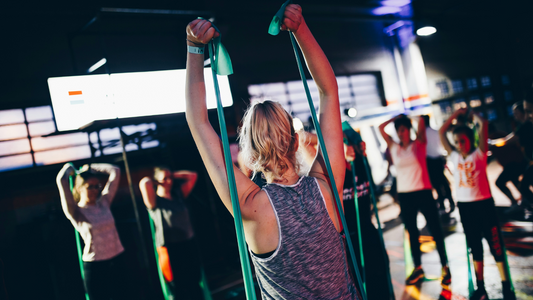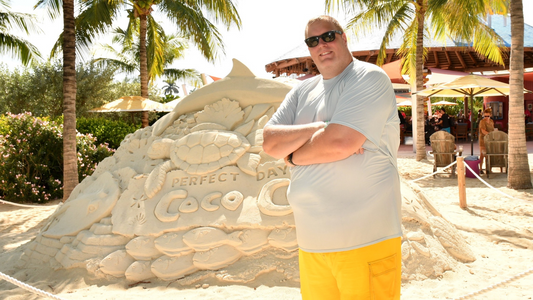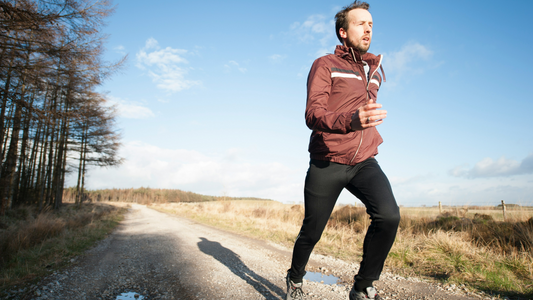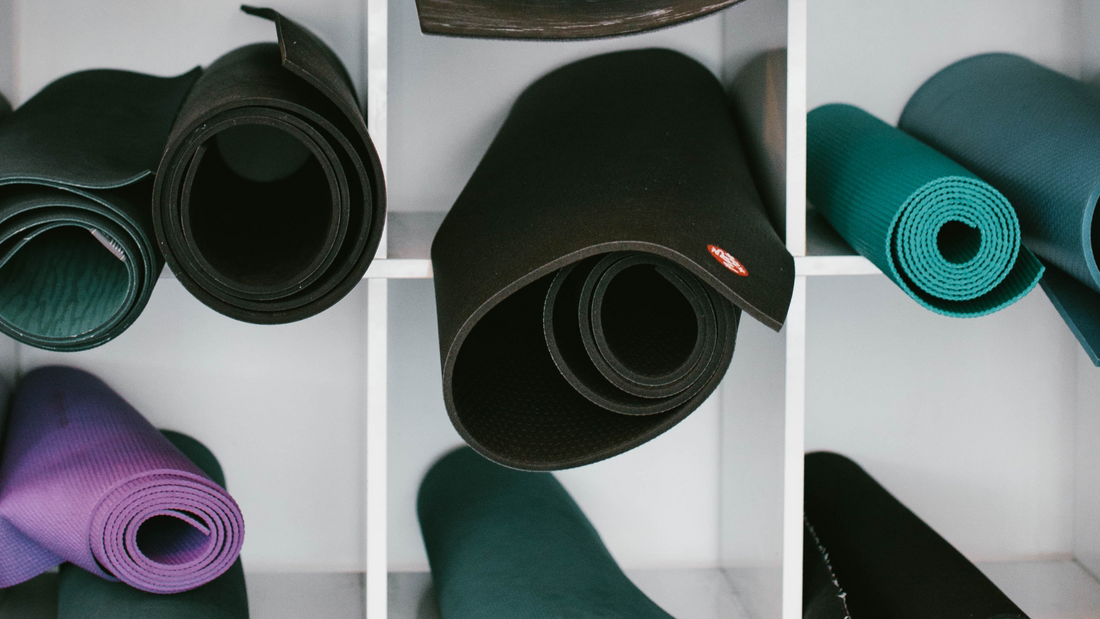
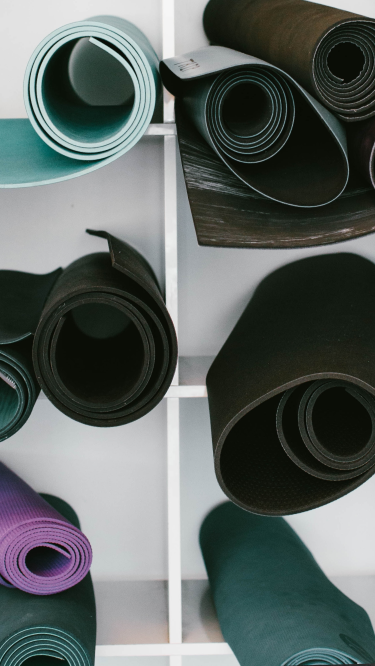
Fundamental Fitness: What's the Difference Between Yoga and Pilates?
When you walk by a group exercise class at the gym and see people stretching on mats, you may assume they're practicing yoga when really they're doing Pilates (or vice versa). What's the difference between yoga and Pilates, anyway?
ZOZOFIT takes a look.
The Difference Between Yoga and Pilates
Pilates and yoga share a lot of the same principles. They both are designed to improve flexibility and strength and sometimes they even use the same moves. The best place to see the differences in the two practices is in the basic beginner class.
In your first Pilates class, the instructor will likely introduce some simple signature moves, such as the bridge or the hundred. Everything in this practice works from your core, so you often focus on breathing into your abdominals to warm them up. Expect to keep these muscles engaged during the whole class as you slowly move your arms and legs into different positions. Most instructors spend a little time on every major muscle group during the first few sessions so that you get a good idea of how Pilates can help make you stronger.
The main difference between yoga and Pilates is that your basic yoga class involves less movement. Instead, you will likely get into each pose and stay there until it's time to move to the next one. Depending on the type of yoga you're taking, you may be guided to try to clear your mind and enter a meditative state that complements the poses you are holding.
The key to a successful beginner session in either Pilates or yoga is learning how to execute the moves correctly so that you can avoid injury. In fact, your first class may focus so much on techniques that you don't even notice how hard you're working. You'll feel it the next day, though!
Different Types of Yoga and Pilates Classes You Can Take
When you're trying to decide between taking a Pilates versus a yoga class, it's a good idea to read the course descriptions. You can try all the ones that sound interesting, but it's likely that you'll find yourself favoring one over the other eventually.
All yoga classes involve a series of poses, but the amount of time you spend on each or the way you move (or flow) from one to the other may change. Environmental factors also play a role in some classes. There are several popular types of yoga you can try:
- Ashtanga: relatively fast-paced and focused on pose mastery
- Vinyasa: lightly aerobic in nature and focused on the flow between poses
- Hatha: slow-paced with an emphasis on controlled movements
- Hot: regular pace in a room with the thermostat set to at least 90 degrees
- Yin: long-held poses and focus on energy flow
When you are trying to figure out the difference between yoga and Pilates classes, it's helpful to consider your fitness goals. Do you want to practice in a group or learn techniques you can use on your own? A Pilates reformer class takes you through moves on a machine that uses resistance from springs to enhance the challenge, whereas a mat workout can be done in your own home with very little (if any) equipment. While all types of Pilates can help you gain strength, some are specially designed for rehabilitation or restoration.
What Equipment Do You Need for Pilates Versus Yoga?
If you are taking a group class, the equipment you need will be determined primarily by the type of class or movement it entails. There are many tools that can help you achieve success in both Pilates and yoga. To start an at-home practice, however, you need little more than a mat and sufficient space to move.
Are Pilates and yoga mats the same? While these mates superficially may look similar, the two practices require different types of support.
Pilates exercises often begin with you lying flat on your back or stomach. From this position, you may move or roll, putting pressure on sensitive areas of the body such as the joints or spine. A Pilates mat is often four times thicker than a yoga mat to provide the cushioning you need to execute these moves comfortably and safely. They are also usually smooth to allow easier movement.
Because yoga doesn't require you to move around a lot and often includes standing poses, the mat is typically thinner and smaller with a textured surface. The grips on a yoga mat help it stay in place on the floor while providing you with extra stability. The standard 1/8-inch thickness of the mat gives you a little cushion without disrupting your balance.
What Are the Benefits of Yoga vs Pilates?
One of the reasons many people don't understand the difference between yoga and Pilates is that the two practices often are recommended for achieving the same fitness goals. Both exercises have several basic benefits:
- Easing back pain
- Improving balance and posture
- Reducing stress
- Enhancing strength and flexibility
If your main focus is improving core strength or improving mobility, try Pilates. You may start to see a change in your abdominal definition within just a few weeks of regular practice. It's a particularly great support for dancers, runners, and other athletes who rely on a solid core to improve balance and reduce the chance of injury.
Most people who practice yoga experience a significant reduction in stress, which is beneficial regardless of your fitness goals. If you want to strengthen your mind and body connection, any type of yoga is likely to help. The specific practice you choose depends on whether you want to focus more on balance, flexibility, or stability.
Tracking Your Progress With Yoga or Pilates
Now you know the difference between yoga and Pilates. Whether you decide on hot yoga or a challenging reformer class, you need a reliable way to measure your progress on the fitness goals you set. The ZOZOSUIT works directly with the ZOZOFIT app to provide accurate data with each 3D body measurement scan. Order yours today!

![zf-w-[168px] zf-h-[40px]](http://zozofit.com/cdn/shop/t/15/assets/logo-desktop.png?v=117713855448369080381753069598)
